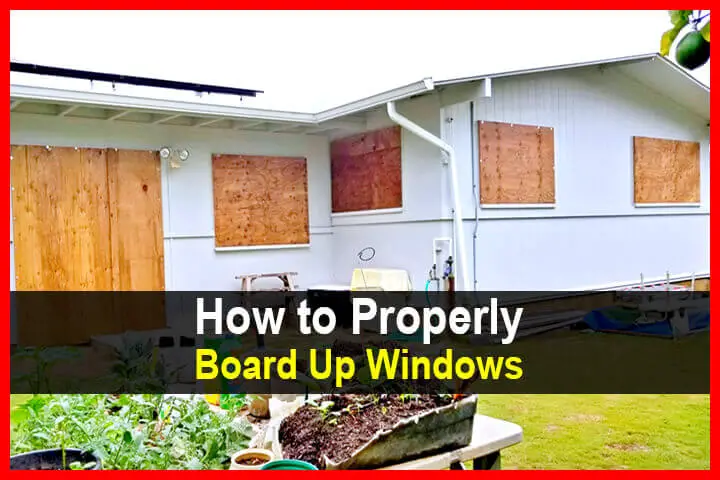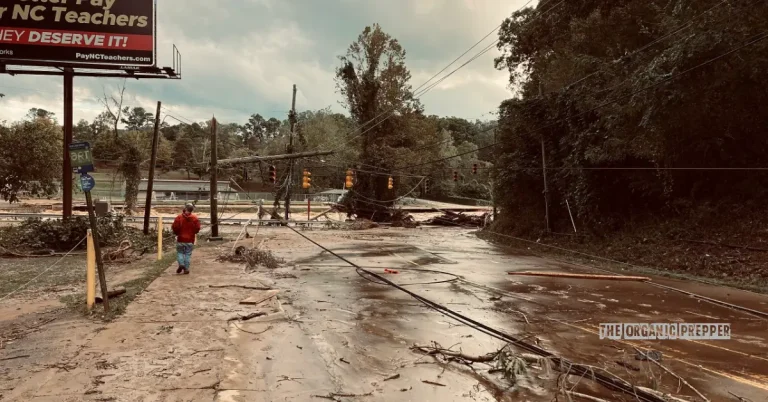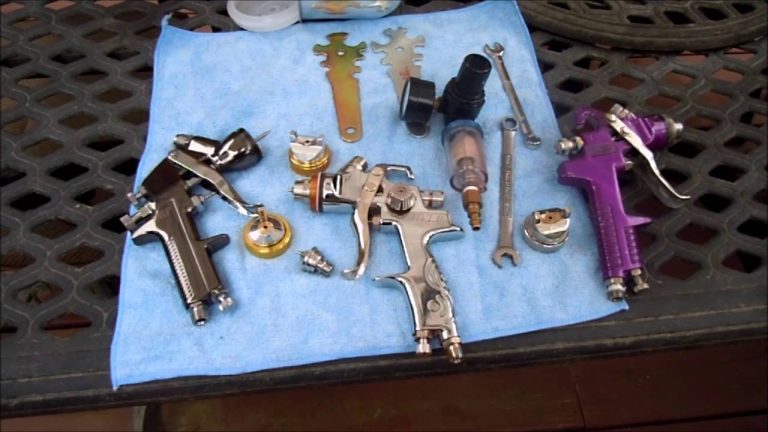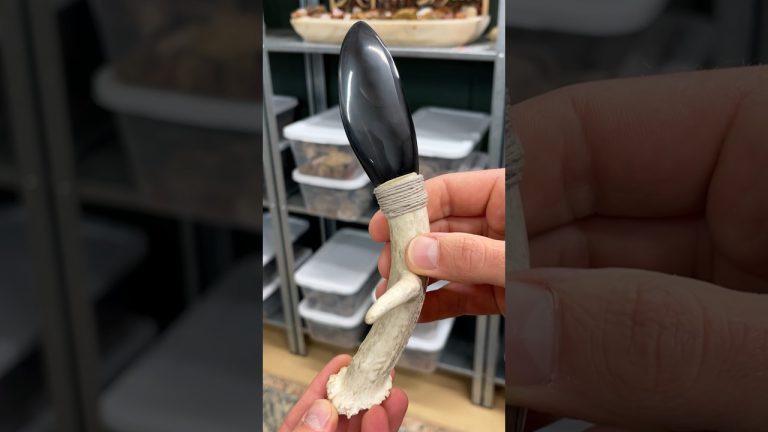Estimated reading time: 13 minutes
It’s a sight that has become all too common. Block after block of homes with boarded up windows. But the images aren’t from deserted neighborhoods. They’re from parts of the country that are constantly in the path of hurricanes.
As climate change continues to fuel extreme weather, the frequency and intensity of hurricanes can only increase. For people living in areas prone to hurricanes, literally boarding their windows is sometimes the only solution to the damage caused by high winds.
Want to save this post for later? Click Here to Pin It on Pinterest!
Wind-blown Debris is the Primary Threat

The wind can cave-in a window but it’s the amount of debris in the air during a hurricane that causes the most damage. What makes matters worse is that once windows are broken, the high winds can enter a home and cause it to fly apart from the high pressure that builds up inside, to say nothing of a house filled with hurricane shrapnel.
It’s estimated that almost every home in a hurricane will suffer some degree of window damage from debris –except for those homes protected with hurricane shutters, hurricane proof windows, or boarded up windows.
Boards Are the Most Cost-Effective Solution
Specially designed hurricane windows sound like a good idea. They are. Assuming you can afford them. They can cost thousands of dollars a window, and in a home with multiple windows the cost is out of reach for many of us.
Hurricane shutters are another possibility and they can easily be opened and closed with the push of button. But once again they are very expensive and having them installed on all windows will again drive costs into the thousands.
One highly cost-effective solution that some people install is a thick, plastic film that makes a window shatter resistant. These are sometimes used to bulletproof a window. The disadvantage is that it won’t prevent a window from breaking as a result of debris.
It essentially makes a window a cheap piece of safety glass that will break but won’t shatter. The wind and debris typically won’t enter the home but the window will need to be replaced or repaired.
Plywood Boards to the Rescue

Plywood boards are the go-to solution for most people bracing and preparing for a hurricane. The standard recommendation is that the plywood be at least 5/8 to ¾ of an inch in thickness. 4 x 8 feet sheets are the common size sold in lumberyards and home-centers and average from $50 to $75 each. The price varies depending on where you buy them and the demand.
The demand for plywood is a complicating factor. When a hurricane is predicted or eminent, there will be a run on plywood. Having some in reserve is a wise choice or at least get to the lumberyard before the weather service starts to warn about a coming hurricane. We’ll cover some alternatives to plywood if you simply can’t buy it.
Planning and Preparing for Window Boarding

You’re going to need 3 basic things to board your windows for a hurricane: tools, hardware and the boards. Here’s how to approach the project.
1. Count your windows and measure them. This will give you a sense for how much plywood you need to buy. The decision to not board a window is simple: only board those windows you want to keep. Most of us want to keep all of our windows so count and measure all of them.
2. Measure your patio doors and any entry doors with windows as well. If it has glass exposed to the outside it can and probably will be broken in a hurricane.
3. Determine the style of home construction on the exterior.
- Is it aluminum siding or vinyl siding?
- Is it brick construction or stucco?
- Is it wood siding?
The type of siding surrounding your windows will have a lot to do with how you attach your boards and the type of hardware you’ll need to use.
Determine and buy the hardware you’ll need to attach your boards. On average, hardware should be attached to boards every 12 to 16 inches. To make this easy, figure 12-inches for each hardware attachment. Now determine the total linear footage around each window and total all of the window measurements.
If your total linear footage around your windows is 380 feet, divide that by 12 and you’ll need about 37 sets of hardware for each attachment along every foot of board.
Assemble the tools you’ll need to cut and attach your boards.
- Measuring tape and pencil
- Circular saw
- Saw horses
- Drill with drill bits (diamond drill bits if you have brick or stucco on the exterior of your home).
- Various screwdriver attachments and other specialized drill attachments for your drill to install the hardware.
Some people install specialized hardware that allows them to detach and reattach their boards.

If you’re going to reuse the same boards for recurring hurricanes, you’ll want to seal the boards with a water sealing or waterproof paint. You’ll also need to think about a place where you can store your boards between hurricanes.
Attaching Boards to Varying Window and Building Types
We’ll offer links to videos and other articles about some of the unique challenges of attaching boards to varying window types. Here are the basics:
Installing Boards on Brick and Stucco Homes

You’ll need to do some precision measuring and cutting to install boards on windows set in brick or stucco. The board needs to fit into the frame created by the brick or stucco. You’ll hold the board in place by inserting screws into the brick or stucco to hold the board in place.

You will not be screwing through the board but wedging it in position. Here again, install your screws every 12 to 16-inches.

You’ll need to use masonry screws designed to hold in brick, masonry or stucco. You’ll also need to pre-drill pilot holes for the masonry screws.

A diamond drill bit is best for drilling into any masonry.
Here’s a video about how to install boards into stucco and brick homes.

What’s key is that the board is cut to fit into the opening defined by the surrounding brick or masonry.
Patio Doors and Exterior Doors with Windows
The frame around patio doors and entry doors can vary and offer little support to any attachments. As a result, you’ll need to build a frame for the plywood from 2×4’s.

The 2×4 frame should fit into the patio door opening and you extend the sheet of plywood over the frame by 3 to 4 inches allowing you to drill into the plywood and into the studs surrounding the door frame.
For entry doors with windows you need to take a different approach. You may still need to frame the plywood but only cover the windows on the door. You need to be able to get into and out of the house so you can’t cover the entire door. As long as the windows are protected you’ve accomplished the task.
If you have a full storm door with a glass insert, removed the glass storm door insert and store it until the storm has passed.
Installing Boards on Houses with Aluminum, Vinyl or Wood Siding

The telegram is that the piece of plywood should extend past the window frame by 4 to 6-inches on all sides. This will allow you to screw through the plywood into the studs surrounding the window frame. You’ll want to use wood screws 3 to 4-inches long and again, they should be inserted every 12 to 16-inches.
Here are a couple of videos about installing boards over windows for homes with aluminum or wood siding.
When Plywood is Sold Out
It’s possible that local supplies of plywood will be sold out. Even if there is no immediate threat of a hurricane, areas prone to frequent hurricanes are known to quickly sell out of storm supplies like plywood as people anticipate the coming season.
You can actually order plywood sheets on Amazon if you are not in immediate danger, but there are alternatives to plywood.
Window Boards from Pallets
If you’ve ever done any upcycling you’re probably familiar with many of things you can do with the wood from pallets. And of course, pallets make excellent shutters for windows in the event of a hurricane.

Here’s a link to a video where a guy takes a couple of pallets apart and makes a very good hurricane shutter for his home.
The easiest and most obvious solution for many of us is to build shutters from pieces of 1×4’s, 1×6’s or 1×8’s. Whatever size is available will work.

What you will be building looks like a traditional, old-world, batten shutter. You’ll also need hinges but you can just make a large covering and drill them into the studs or hold them in place in stucco or brick.
Here’s a link to a video about how to build batten shutters. The telegram is that you need to measure the size of the window, remember to cross-brace it with 1×4’s and mount either with hinges or screw them into the studs.
Hurricane Shutters

For those who can afford it, hurricane shutters are permanent solution that allow you to raise or lower the shutters when threatening weather is in the forecast. Most of them are electric powered with manual cranks as a backup in case the power is out.
When All Else Fails
If you don’t have the time or the money to effect any kind of window protection like boards or shutters, you can still implement a quick solution that will at least minimize the overall damage.
There is a type of very thick and transparent, adhesive plastic sheeting that you can apply to either the inside or outside of a window. Some people apply this sheeting to create a semi-bulletproof barrier. It also works to prevent flying debris from a hurricane from breaking through window glass.
However, it will not prevent the glass from breaking. Instead it will act like safety glass you see in car windows.

The glass will shatter but it will remain intact. This will still keep rain and wind from entering your home although the glass in the window will be somewhat weakened, so no guarantees.
There are also permanent windows built with safety glass that function much the same way.

The glass is usually tinted and will prevent debris, rain and wind from entering your home but like all safety glass, it has the potential to at least shatter while retaining its shape. They’re expensive and if you want to invest in permanent protection the window shutter alternative may be a better solution.
The Best Approach
For most of us, expensive and automatic shutters are out of the question. The same goes for permanent hurricane windows. The best solution is 5/8 to 3/4 –inch plywood that has been treated with a water sealant and stored for continuing installation when the weather threatens.
Here’s a video where various window barriers are tested and plywood did exceptionally well.
Using some of those window quick clips that allow them to be easily installed and taken down makes a lot of sense too. That allows you to avoid drilling more and more holes in the side of your house every time you have to board the windows.
Storage in between storms may be the biggest issue but if you live in an area where hurricanes are a regular occurrence, it’s worth the time and effort to find a cost-effective, long-term solution.
Want to save this post for later? Click Here to Pin It On Pinterest!



















